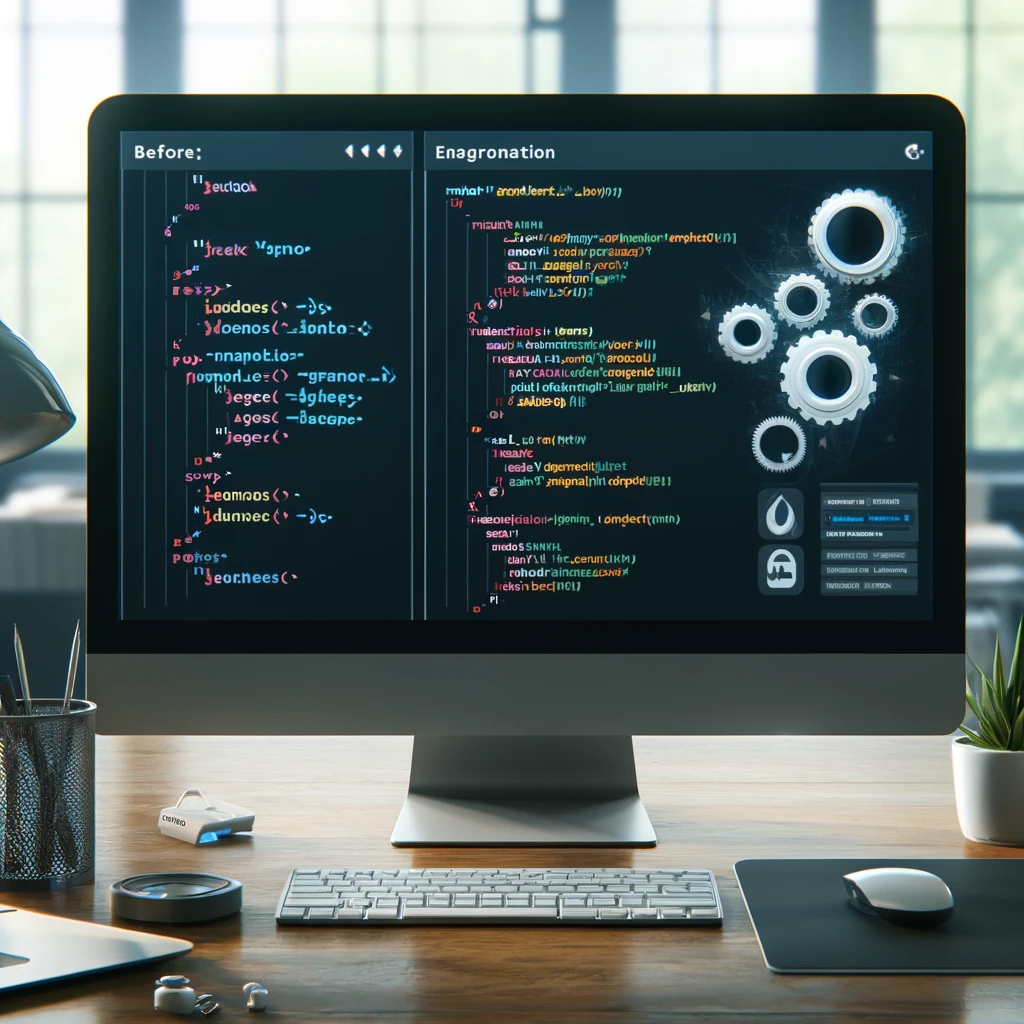Introduction
Macros in Flutter, introduced through Dart’s new macro system, provide a powerful way to generate code at compile-time. This feature simplifies repetitive tasks, reduces boilerplate code, and enhances productivity. In this article, we’ll explore how macros work in Flutter and their potential benefits.
What are Macros?
Macros are a feature in the Dart programming language that allows for code generation at compile-time. They enable developers to automate repetitive tasks, enforce coding standards, and generate boilerplate code, making the development process more efficient.
Benefits of Using Macros in Flutter
- Reduced Boilerplate: Automatically generate repetitive code, reducing manual effort.
- Increased Productivity: Focus on writing business logic rather than repetitive tasks.
- Improved Code Consistency: Ensure consistent code patterns across your project.
Using Macros in Flutter
Example: Creating a Simple Macro
dartCopy code@GenerateToString()
class MyClass {
final int id;
final String name;
MyClass(this.id, this.name);
}
// The macro will generate the following method:
String toString() {
return 'MyClass(id: $id, name: $name)';
}
Conclusion
Macros in Flutter simplify the development process by automating repetitive tasks and generating boilerplate code. As the Dart macro system evolves, it will provide even more powerful tools to enhance Flutter development.


